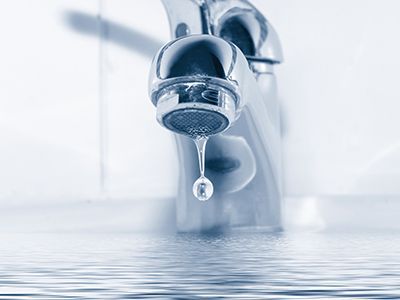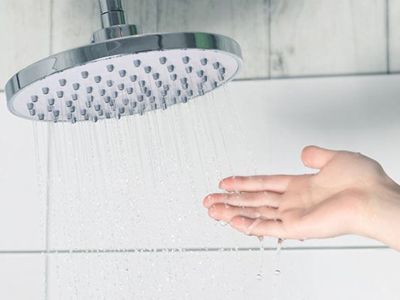Leaking Hot Water Systems
Discovering a leak in your hot water system can be concerning and inconvenient. Whether you have a traditional water heater or a tankless system, addressing a leaking hot water system promptly is crucial to prevent further damage and potential safety hazards. In this blog post, we will guide you through the steps to take when you find your hot water system leaking, helping you mitigate the issue and restore the functionality of your system.
- Safety First: Before taking any action, ensure your safety by following these precautions:
- Turn off the power supply to the hot water system. For electric systems, locate the circuit breaker and switch it off. For gas systems, find the gas valve and shut it off.
- Allow the hot water system to cool down if the leak is caused by overheating.
- Identify the Source of the Leak: Determining the exact location of the leak is crucial for effective troubleshooting. Common areas where leaks may occur include:
- The pressure relief valve: This valve is designed to release excess pressure from the system. If it's faulty or improperly installed, it can cause leaks.
- The connections and fittings: Inspect the pipes, joints, and valves for any signs of leaks or loose connections.
- The tank or tankless unit: Examine the unit itself for visible cracks, rust, or corrosion.
- Temporary Fixes for Small Leaks: If the leak is minor and you cannot immediately arrange for professional assistance, you can try these temporary fixes:
- Tighten loose fittings: Using a wrench, gently tighten any loose connections. Be cautious not to overtighten, as it may cause further damage.
- Apply sealant: For small leaks in accessible areas, you can use plumber's tape or pipe sealant to create a temporary seal. Remember that this is a short-term solution and professional repair is still necessary.
- Call a Licensed Plumber: While temporary fixes can provide temporary relief, it's crucial to contact a licensed plumber as soon as possible for a permanent solution. Professional plumbers have the expertise to diagnose the root cause of the leak and provide appropriate repairs or replacements. They can also ensure compliance with safety codes and standards.
- Preventive Measures: To minimize the chances of future leaks in your hot water system, consider these preventive measures:
- Regular maintenance: Schedule routine inspections and maintenance for your hot water system to catch any potential issues early on.
- Replace aging components: Over time, valves, fittings, and other components may deteriorate. Consider replacing them before they cause leaks.
- Monitor water pressure: Excessive water pressure can strain your hot water system, leading to leaks. Install a pressure regulator if needed.
Conclusion:
Finding a leaking hot water system can be alarming, but taking swift and appropriate action is key to minimizing damage. Remember to prioritize safety, identify the source of the leak, and attempt temporary fixes if necessary. Ultimately, consulting a licensed plumber at McMahon Plumbing & Gas is the best course of action to diagnose and resolve the issue effectively. By addressing hot water system leaks promptly, you can ensure the longevity and efficiency of your system while avoiding potential hazards.



